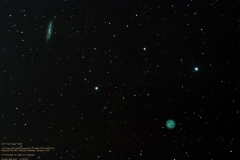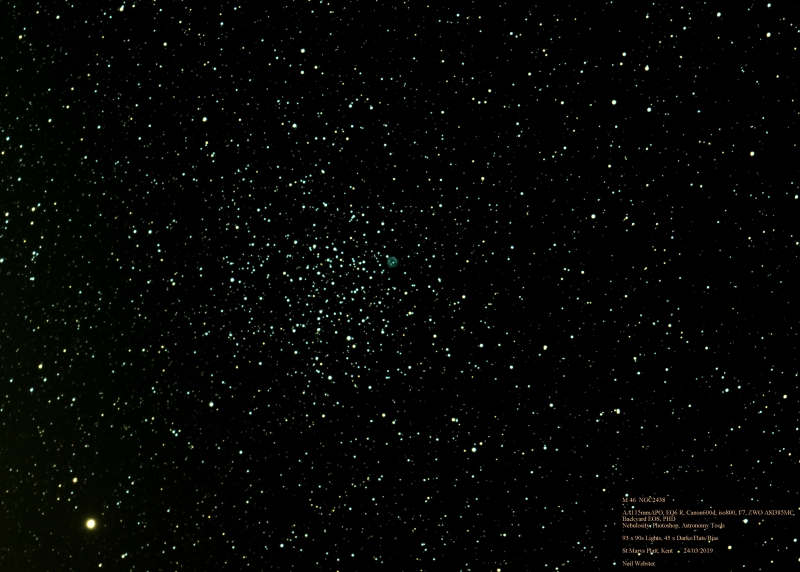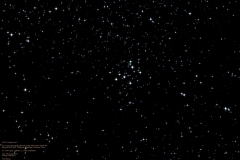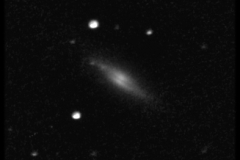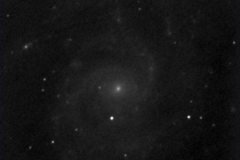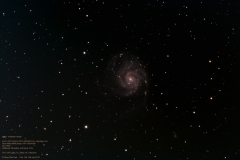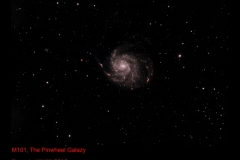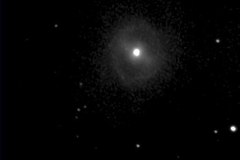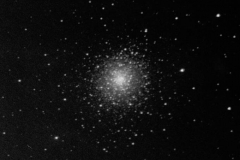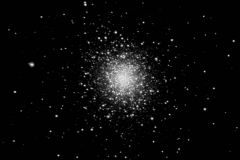[et_pb_section bb_built="1" inner_width="auto" inner_max_width="none"][et_pb_row][et_pb_column type="4_4"][et_pb_text _builder_version="3.22.1" text_text_shadow_horizontal_length="text_text_shadow_style,%91object Object%93" text_text_shadow_vertical_length="text_text_shadow_style,%91object Object%93" text_text_shadow_blur_strength="text_text_shadow_style,%91object Object%93" link_text_shadow_horizontal_length="link_text_shadow_style,%91object Object%93" link_text_shadow_vertical_length="link_text_shadow_style,%91object Object%93" link_text_shadow_blur_strength="link_text_shadow_style,%91object Object%93" ul_text_shadow_horizontal_length="ul_text_shadow_style,%91object Object%93" ul_text_shadow_vertical_length="ul_text_shadow_style,%91object Object%93" ul_text_shadow_blur_strength="ul_text_shadow_style,%91object Object%93" ol_text_shadow_horizontal_length="ol_text_shadow_style,%91object Object%93" ol_text_shadow_vertical_length="ol_text_shadow_style,%91object Object%93" ol_text_shadow_blur_strength="ol_text_shadow_style,%91object Object%93" quote_text_shadow_horizontal_length="quote_text_shadow_style,%91object Object%93" quote_text_shadow_vertical_length="quote_text_shadow_style,%91object Object%93" quote_text_shadow_blur_strength="quote_text_shadow_style,%91object Object%93" header_text_shadow_horizontal_length="header_text_shadow_style,%91object Object%93" header_text_shadow_vertical_length="header_text_shadow_style,%91object Object%93" header_text_shadow_blur_strength="header_text_shadow_style,%91object Object%93" header_2_text_shadow_horizontal_length="header_2_text_shadow_style,%91object Object%93" header_2_text_shadow_vertical_length="header_2_text_shadow_style,%91object Object%93" header_2_text_shadow_blur_strength="header_2_text_shadow_style,%91object Object%93" header_3_text_shadow_horizontal_length="header_3_text_shadow_style,%91object Object%93" header_3_text_shadow_vertical_length="header_3_text_shadow_style,%91object Object%93" header_3_text_shadow_blur_strength="header_3_text_shadow_style,%91object Object%93" header_4_text_shadow_horizontal_length="header_4_text_shadow_style,%91object Object%93" header_4_text_shadow_vertical_length="header_4_text_shadow_style,%91object Object%93" header_4_text_shadow_blur_strength="header_4_text_shadow_style,%91object Object%93" header_5_text_shadow_horizontal_length="header_5_text_shadow_style,%91object Object%93" header_5_text_shadow_vertical_length="header_5_text_shadow_style,%91object Object%93" header_5_text_shadow_blur_strength="header_5_text_shadow_style,%91object Object%93" header_6_text_shadow_horizontal_length="header_6_text_shadow_style,%91object Object%93" header_6_text_shadow_vertical_length="header_6_text_shadow_style,%91object Object%93" header_6_text_shadow_blur_strength="header_6_text_shadow_style,%91object Object%93" z_index_tablet="500"]
M36 also known as NGC1960 is one of the open clusters in Auriga, visible in a small telescope or binoculars. Also close by is M37 and M38.
[/et_pb_text][et_pb_text admin_label="Images by Simon Dawes" _builder_version="3.15" saved_tabs="all" global_module="2572"]
Images by Simon Dawes
[/et_pb_text][et_pb_text _builder_version="3.22.1" text_text_shadow_horizontal_length="text_text_shadow_style,%91object Object%93" text_text_shadow_vertical_length="text_text_shadow_style,%91object Object%93" text_text_shadow_blur_strength="text_text_shadow_style,%91object Object%93" link_text_shadow_horizontal_length="link_text_shadow_style,%91object Object%93" link_text_shadow_vertical_length="link_text_shadow_style,%91object Object%93" link_text_shadow_blur_strength="link_text_shadow_style,%91object Object%93" ul_text_shadow_horizontal_length="ul_text_shadow_style,%91object Object%93" ul_text_shadow_vertical_length="ul_text_shadow_style,%91object Object%93" ul_text_shadow_blur_strength="ul_text_shadow_style,%91object Object%93" ol_text_shadow_horizontal_length="ol_text_shadow_style,%91object Object%93" ol_text_shadow_vertical_length="ol_text_shadow_style,%91object Object%93" ol_text_shadow_blur_strength="ol_text_shadow_style,%91object Object%93" quote_text_shadow_horizontal_length="quote_text_shadow_style,%91object Object%93" quote_text_shadow_vertical_length="quote_text_shadow_style,%91object Object%93" quote_text_shadow_blur_strength="quote_text_shadow_style,%91object Object%93" header_text_shadow_horizontal_length="header_text_shadow_style,%91object Object%93" header_text_shadow_vertical_length="header_text_shadow_style,%91object Object%93" header_text_shadow_blur_strength="header_text_shadow_style,%91object Object%93" header_2_text_shadow_horizontal_length="header_2_text_shadow_style,%91object Object%93" header_2_text_shadow_vertical_length="header_2_text_shadow_style,%91object Object%93" header_2_text_shadow_blur_strength="header_2_text_shadow_style,%91object Object%93" header_3_text_shadow_horizontal_length="header_3_text_shadow_style,%91object Object%93" header_3_text_shadow_vertical_length="header_3_text_shadow_style,%91object Object%93" header_3_text_shadow_blur_strength="header_3_text_shadow_style,%91object Object%93" header_4_text_shadow_horizontal_length="header_4_text_shadow_style,%91object Object%93" header_4_text_shadow_vertical_length="header_4_text_shadow_style,%91object Object%93" header_4_text_shadow_blur_strength="header_4_text_shadow_style,%91object Object%93" header_5_text_shadow_horizontal_length="header_5_text_shadow_style,%91object Object%93" header_5_text_shadow_vertical_length="header_5_text_shadow_style,%91object Object%93" header_5_text_shadow_blur_strength="header_5_text_shadow_style,%91object Object%93" header_6_text_shadow_horizontal_length="header_6_text_shadow_style,%91object Object%93" header_6_text_shadow_vertical_length="header_6_text_shadow_style,%91object Object%93" header_6_text_shadow_blur_strength="header_6_text_shadow_style,%91object Object%93" z_index_tablet="500"]
[singlepic id=1075 w= h= float=none]
[/et_pb_text][et_pb_text admin_label="Messier Links" _builder_version="3.22.1" saved_tabs="all" text_text_shadow_horizontal_length="text_text_shadow_style,%91object Object%93" text_text_shadow_vertical_length="text_text_shadow_style,%91object Object%93" text_text_shadow_blur_strength="text_text_shadow_style,%91object Object%93" link_text_shadow_horizontal_length="link_text_shadow_style,%91object Object%93" link_text_shadow_vertical_length="link_text_shadow_style,%91object Object%93" link_text_shadow_blur_strength="link_text_shadow_style,%91object Object%93" ul_text_shadow_horizontal_length="ul_text_shadow_style,%91object Object%93" ul_text_shadow_vertical_length="ul_text_shadow_style,%91object Object%93" ul_text_shadow_blur_strength="ul_text_shadow_style,%91object Object%93" ol_text_shadow_horizontal_length="ol_text_shadow_style,%91object Object%93" ol_text_shadow_vertical_length="ol_text_shadow_style,%91object Object%93" ol_text_shadow_blur_strength="ol_text_shadow_style,%91object Object%93" quote_text_shadow_horizontal_length="quote_text_shadow_style,%91object Object%93" quote_text_shadow_vertical_length="quote_text_shadow_style,%91object Object%93" quote_text_shadow_blur_strength="quote_text_shadow_style,%91object Object%93" header_text_shadow_horizontal_length="header_text_shadow_style,%91object Object%93" header_text_shadow_vertical_length="header_text_shadow_style,%91object Object%93" header_text_shadow_blur_strength="header_text_shadow_style,%91object Object%93" header_2_text_shadow_horizontal_length="header_2_text_shadow_style,%91object Object%93" header_2_text_shadow_vertical_length="header_2_text_shadow_style,%91object Object%93" header_2_text_shadow_blur_strength="header_2_text_shadow_style,%91object Object%93" header_3_text_shadow_horizontal_length="header_3_text_shadow_style,%91object Object%93" header_3_text_shadow_vertical_length="header_3_text_shadow_style,%91object Object%93" header_3_text_shadow_blur_strength="header_3_text_shadow_style,%91object Object%93" header_4_text_shadow_horizontal_length="header_4_text_shadow_style,%91object Object%93" header_4_text_shadow_vertical_length="header_4_text_shadow_style,%91object Object%93" header_4_text_shadow_blur_strength="header_4_text_shadow_style,%91object Object%93" header_5_text_shadow_horizontal_length="header_5_text_shadow_style,%91object Object%93" header_5_text_shadow_vertical_length="header_5_text_shadow_style,%91object Object%93" header_5_text_shadow_blur_strength="header_5_text_shadow_style,%91object Object%93" header_6_text_shadow_horizontal_length="header_6_text_shadow_style,%91object Object%93" header_6_text_shadow_vertical_length="header_6_text_shadow_style,%91object Object%93" header_6_text_shadow_blur_strength="header_6_text_shadow_style,%91object Object%93" z_index_tablet="500" global_module="2601"]
| M1 | M2 | M3 | M4 | M5 | M6 | M7 | M8| M9 | M10 | M11 | M12 | M13 | M14 | M15 | M16 | M17 | M18 | M19 | M20 | M21 | M22 | M23 | M24 | M25 | M26 | M27 | M28 | M29 | M30 | M31 | M32 | M33 | M34 | M35 | M36 | M37 | M38 | M39 | M40 | M41 | M42 | M43 | M44 | M45 | M46 | M47 | M48 | M49 | M50 | M51 | M52 | M53 | M54 | M55 | M56 | M57 | M58 | M59 | M60 | M61 | M62 | M63 | M64 | M65| M66 | M67 | M68 | M69 | M70 | M71 | M72 | M73 | M74 | M75 | M76 | M77 | M78 | M79 | M80 | M81 | M82 | M83 | M84 | M85 | M86 | M87 | M88 | M89 | M90 | M91 | M92 | M93 | M94 | M95 | M96 | M97 | M98 | M99 | M100 | M101 | M102 | M103 | M104 | M105 | M106 | M107 | M108 | M109 | M110 |
[/et_pb_text][et_pb_text admin_label="Copyright Notice" _builder_version="3.9" saved_tabs="all" global_module="638"]
All images are copyright. Permission must be sought to from the image owner to the use of any of these images.
[/et_pb_text][/et_pb_column][/et_pb_row][/et_pb_section]

